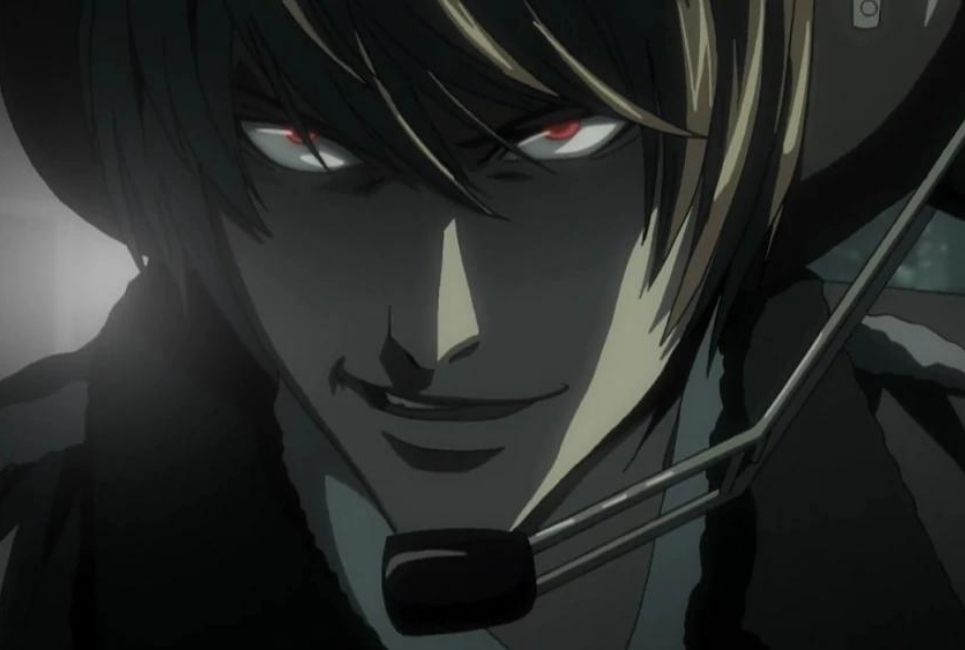- Strongest Bleach Characters Ranked - June 22, 2022
- What is Baryon Mode in Naruto - June 7, 2022
- Best Psychological Anime of All Time - May 30, 2022
Anime has become one of the most popular forms of digital entertainment in recent years. If you’ve been involved with pop culture, chances are you’ve heard of anime – even if you’ve never watched any yourself! Beginning as a medium at the start of the 20th century, anime has since swept the globe and is currently one of the fastest-growing entertainment industries globally.
But what exactly is anime, you might be wondering? “Anime” is really just a Japanese abbreviation of the word “animation.” Originally, anime referred to any form of animated media in Japan. However, today anime refers to a specific style of art and animation, and it generally remains a specific term for animation made in Japan.
Like other mediums of animation (such as American cartoons), anime is made in a wide range of different genres. That said, the five most common genres of anime are:
- Shonen
- Shojo
- Seinen
- Josei
- Kodomomuke
Translated literally, these terms mean “young boy,” “young girl,” “young man,” young woman,” and “children.” The genres describe that particular anime’s intended target demographic. For example, shonen anime is generally marketed toward middle-school-aged boys and tends to include action-oriented shows, while seinen anime describes anime intended for young adult men.
The same is true for shoujo and josei anime. Shojo anime is most frequently marketed towards middle-school aged girls and are often princess or romance-themed, and josei anime is targeted at young adult women and tends to feature women as primary protagonists.
While these genre terms are obviously fairly descriptive in the gender and age of the target audience, don’t let that deter you. After all, the so-called “target audience” of a show is really just an estimation for an anime’s marketing team to work off.
A person of any gender or age can enjoy watching a princess or superhero anime, so feel free to watch what you like! Don’t be afraid to experiment with different genres and see what kind of anime you personally enjoy.
One type of anime that has become very popular in recent years is the genre of psychological anime. Psychological anime refers to any anime where the primary focus of the plot is on the mental state and relationships of the characters.
These types of anime tend to explore fairly dark themes, such as mental health issues, including suicide and depression. They can also tell the stories of victims of trauma. Sometimes, these characteristics are used to elicit certain emotional responses from the viewer, such as fear or catharsis. This is particularly true of horror-themed psychological anime.
Starting the journey into psychological anime can be tricky, especially since there’s so much to choose from. Fortunately, I’ve compiled a list of the best psychological anime available to help make your entrance into psychological anime a bit more accessible.
I’ll also discuss some of the nuances of psychological anime, as well as my personal faves. Without further ado, here is everything you need to know about psychological anime.
A Brief History of Psychological Anime

While the start of anime as a medium of entertainment tends to be attributed to the early 20th century, with the earliest examples of anime generally found around the 1900s in early Japanese silent animations, it’s much more difficult to pin down when psychological anime as a genre developed.
Examples of anime with some of the hallmarks of psychological anime begin to appear around the 1980s, a time when anime had just begun becoming mainstream in Japan among younger audiences and teenagers. However, the most popular anime at this time were still largely Gundam and other action anime, with classics such as Dragon Ball and Macross gaining enormous attention.
Through the 1990s, anime continued to gain recognition both in Japan and among foreign audiences such as the United States. This era saw a huge increase in anime production budgets and the expansion of anime into full-length feature films.
For instance, Princess Mononoke – one of the most famous anime movies to this day – became the most expensive anime production of all time in 1997. Despite the continued dominance of Gundam and action anime, psychological mecha began to appear as a genre during this time.
Many anime writers took this opportunity to explore the implication of human-like robots in conjunction with anxieties of the time around artificial intelligence. Psychological anime as a genre began to become increasingly popular through the early 2000s, particularly as popular attention began to become more aware of mental health issues and the discussion of mental health grew less stigmatized.
The first decade of the 21st century saw the creation of now-classic psychological anime thrillers, such as Monster in 2002 and Death Note in 2006. The genre of psychological anime would continue to expand in the 2010s, adopting sub-genres including psychological horror, thrillers, and slice-of-life.
Psychological anime remains popular to this day for its ability to invoke strong emotional reactions in its audience and the ability to explore heavier topics than other forms of anime such as depression and suicide.
The Benefits and Downsides of Watching Psychological Anime
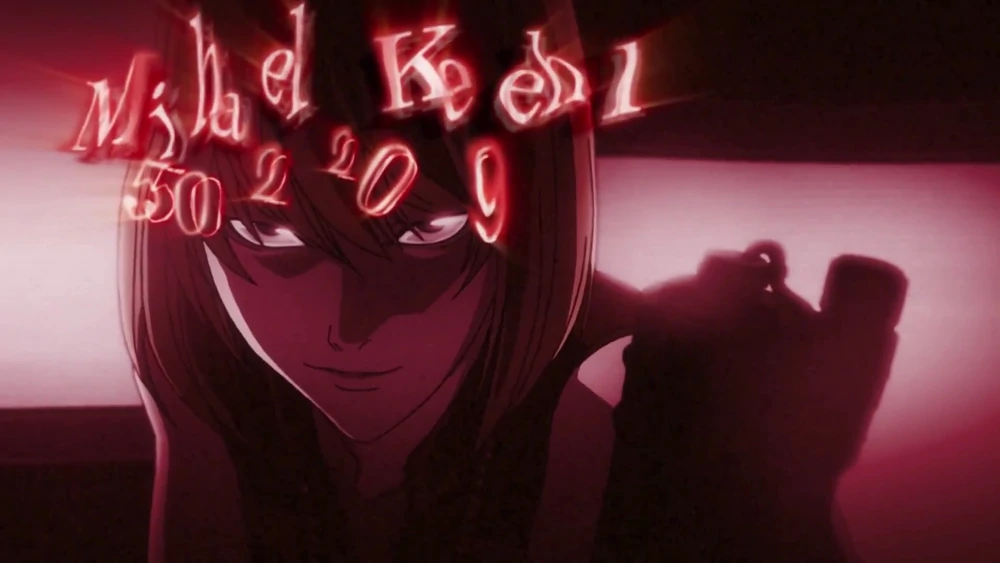
While psychological anime are often enormously entertaining and greatly rewarding to watch, there are both benefits and downsides to psychological anime as a genre. Here are some of the most important pros and cons of pursuing psychological anime.
The Benefits of Watching Psychological Anime
There are many advantages to delving into psychological anime, such as:
- Psychological anime can capture and convey intense emotions through striking art choices.
- Psychological anime explore important and relatable themes in everyday life.
- Psychological anime offers a fresh take on anime as a storytelling medium.
The Portrayal of Emotions
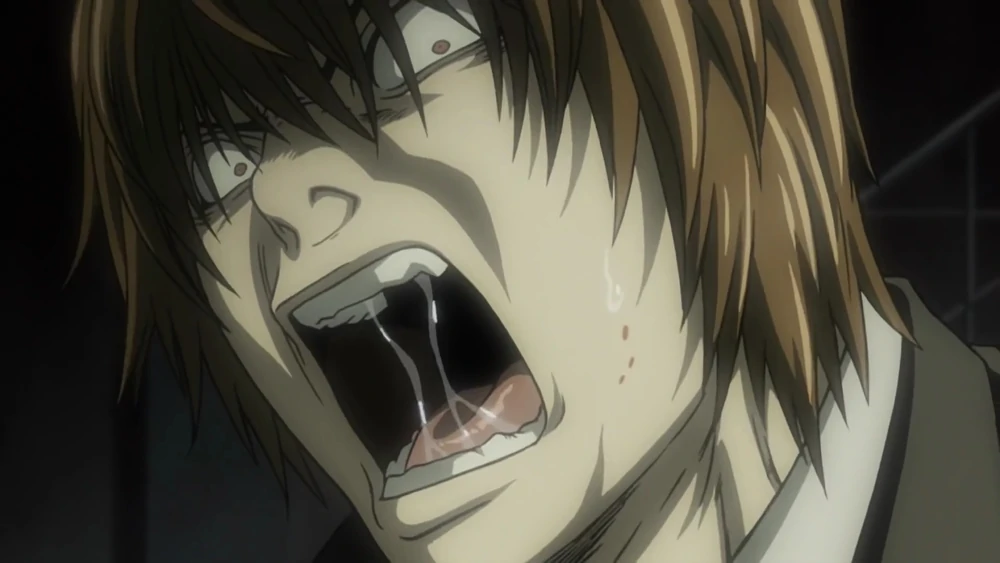
One of the primary goals of psychological anime is not just to focus on the emotions of characters, but also to elicit a strong emotional reaction from the audience. Depending on the genre, psychological anime often uses a number of tactics both relating to the plot and animation of a psychological anime.
These can include:
- Sorrow
- Excitement
- Fear
Psychological anime also tend to use highly exaggerated or intentionally striking art in order to help augment the emotional response to watching the show. This can take the form of scary visuals through the exaggeration of facial expressions.
It may also include grotesque imagery, particularly emotionally powerful images, such as the manipulation of environmental characteristics in order to create a more captivating picture. Music and sound effects are also used to help make this effect stronger.
These strong emotions that psychological anime elicit can have a cathartic effect, allowing you to release emotions that have been building up in your subconscious, helping you to feel less stressed or burdened afterward.
The same effect was part of what made Greek tragedies so popular. By releasing your emotions in a controlled way, psychological anime can even help with your mental health.
Exploration of Darker Themes

Another advantage that the genre of psychological anime has over other types of anime is the ability to explore gritty or more realistic themes. That’s not to say psychological anime are realistic, though. In fact, many psychological anime use paranormal or otherworldly plot elements and an intentionally over-the-top art style.
However, while many genres of anime tend to stick to epic fight scenes, cutesy romances, and other more light-hearted stories, psychological anime aren’t afraid of digging into the darker parts of life. Many psychological anime deal with mental health issues such as depression, suicide, or anxiety.
Psychological anime can also delve into the complexities of human relationships and problems such as moral dilemmas. These topics often don’t get enough focus in fiction and can lead to different types of stories than the ones usually told through anime.
Psychological anime often showcase the traumatic effects of bullying, war, or neglect. These stories, in addition to fostering important discussion of marginalizing circumstances, can help keep anime fresh without feeling like you’re watching the same tropes over and over.
A Fresh Take on Storytelling
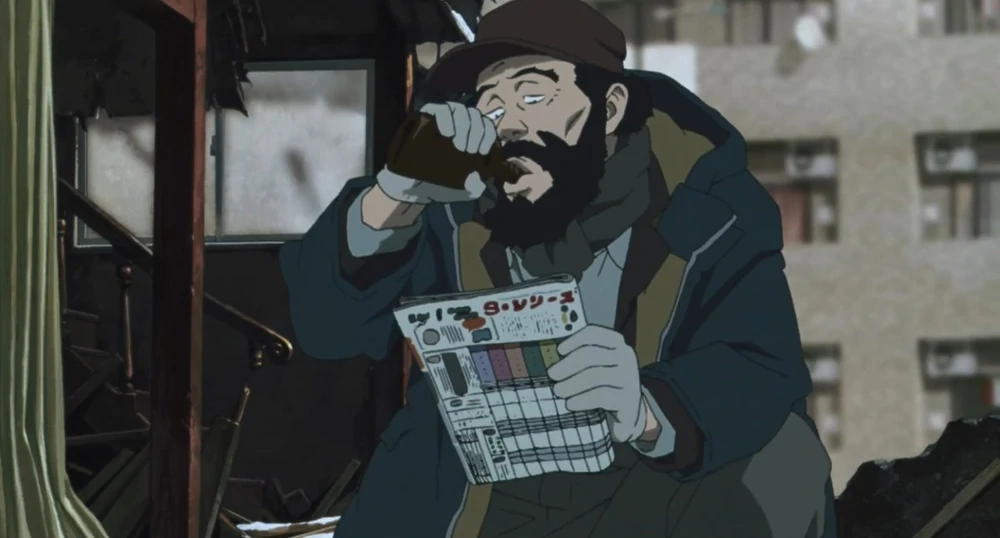
As previously stated, psychological anime deviates from conventional anime genres not just in the plots of stories, but also in the way those stories are presented. While anime as an entertainment medium is generally characterized by fantastical and exaggerated art styles, psychological anime takes this even further.
Psychological anime can also depict a scene in black and white. Static effects and background blurring are also common methods that artists use to give a scene more emotional weight.
These animation and art techniques create such exaggerated scenes that they don’t tend to be used outside of psychological anime, which allows the genre the freedom of pushing the boundaries of techniques and conventions used in producing anime.
The Downsides of Watching Psychological Anime
Just as there are many upsides to watching psychological anime, there are also a few negatives to it. These include:
- Psychological anime can be distressing for sensitive viewers.
- Psychological anime can sometimes include overtly sexist imagery known as “fan service.”
- Psychological anime may not be as accessible as other television shows.
Includes Distressing Elements
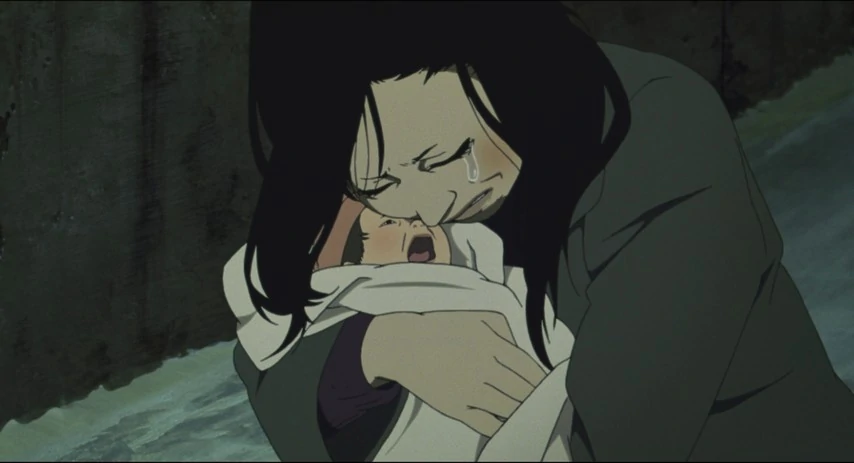
I’ve covered how psychological anime are often intended to prompt strong emotional reactions from viewers, such as shock or fear. While this can add to the value and enjoyment of psychological anime, it can also cause legitimate distress in more sensitive viewers.
This is particularly true of any viewers who find certain disturbing content triggering, such as victims of bullying, assault, or sexual abuse. Individuals who are sensitive to triggering content should be careful to research any psychological anime before watching it.
Since anime is predominantly viewed online in North American and European markets rather than on television, anime often don’t have content warnings at the beginning of episodes, unlike conventional television. For those who are sensitive to this type of content, it may be understandably distressing.
Psychological anime are also often less suitable for younger audiences since both the animation style and themes of psychological anime tend to be more disturbing compared to other genres of anime. Parents should ensure that any psychological anime their children wish to watch is free of disturbing or sexual content.
The Portrayal of Sexist Imagery

While not limited to psychological anime, a common criticism of anime as a whole is the tendency for producers to include scenes intended to appeal to young teenage boys, referred to in the industry as “fan service.” These scenes generally depict overly-sexualized young women in servile or vulnerable positions.
Fan service scenes reinforce sexist assumptions regarding gender relations and can be offensive and disturbing to watch. While fan service has become less overt and prevalent in more recent anime, classic psychological anime made in the 1990s or early 2000s often contain more disturbing fan service scenes than anime made during the same time period.
At the most extreme, scenes of violence against women, sexual abuse, or assault are shown, which can obviously be distressing for many audience members. Viewers should do their research and be mindful of these scenes when starting a new psychological anime.
A Lack of Accessibility
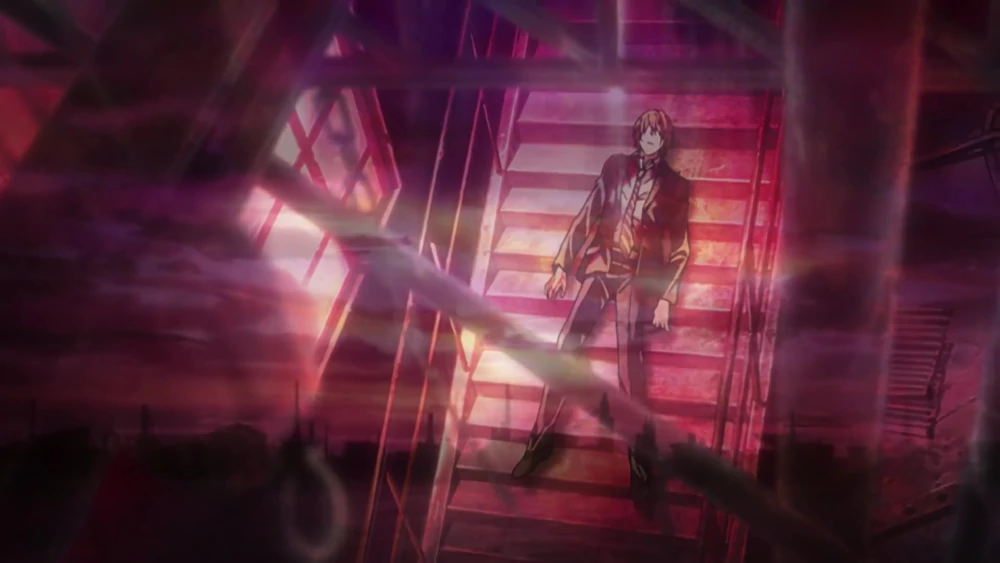
Finally, psychological anime can have accessibility issues for many viewers. Since anime is generally not televised outside Japan, watching anime may require additional subscriptions to streaming platforms such as CrunchyRoll or Netflix, which can add monthly costs if you have an already tight budget.
Additionally, psychological anime sometimes features strobe lighting which increases the chance of seizures in individuals living with epilepsy. Strobe lighting was a much more common element in anime made before 2000 due to a legal battle resulting from a 1997 episode of the Japanese show “Pokemon,” which caused over 600 children to suffer convulsions due to strobe lighting effects.
Today, anime is required by Japanese law to include warnings at the beginning of episodes if strobe lighting is used, but these warnings are often missing from anime streaming platforms. Be sure to do your research if you or an audience member has accessibility concerns before starting a new psychological anime.
My Selection Criteria
I’ve compiled a list of some of the best psychological anime to watch, just for you. When choosing these anime, I considered the story, animation quality, themes, and voice acting of each show, as well as how classic they are to the psychological genre as a whole.
I also tried to choose from a wide range of subgenres within psychological anime since the umbrella of psychological anime incorporates many distinct and varying types of shows. Here are some of the best psychological anime that you just can’t miss!
Steins;Gate
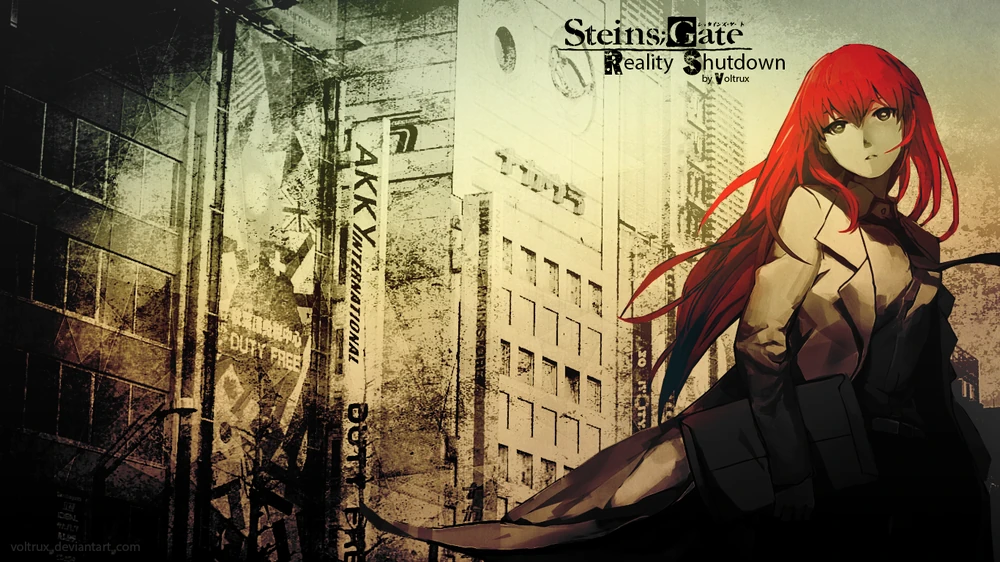
Released in 2011 by the animation studio White Fox, Steins;Gate is one of the most influential and popular anime of the last decade. Through 24 beautiful episodes, the show explores the nuances of time travel through the characters of Rintaro Okabe and his friends, Mayuri Shiina and Itaru “Daru” Hashida.
Together with Kurisu Makise, a neuroscientist working for the scientific research organization SERN, the group of friends discover a secret method of sending text messages to the past that they must use in order to prevent one of their deaths. Love, loss, and tragedy follow as more complications arise from the friends’ manipulation of the time stream, culminating in a shocking reveal.
With a unique take on the classic anime trope of time travel, compelling characters, and a fantastically thrilling plot, fans of sci-fi psychological thrillers are sure to love Steins;Gate. The anime received positive critical reviews upon release.
Furthermore, it has only continued to gather praise and accolades since, receiving a Newtype Anime Award for the best male anime character of the year in Rintaro Okabe. Reviewers have called Steins:Gate a “brilliant mash-up of hard science fiction, comedy, romance, and drama.”
Pros
- Text-message and cellular-based “time travel” is a unique and creative way to handle a classic anime trope
- Beautiful animation and well-written characters help create a highly moving story about love and loss
- Creative use of life-like and fantastical art style to capture intense and casual moments in the story
Cons
- Some fan-service scenes may be found distasteful or unpleasant by viewers
- Some critics fault the use of too many head-frame scenes with little animation work
- Music serves its purpose, but without any standout musical numbers
Monster
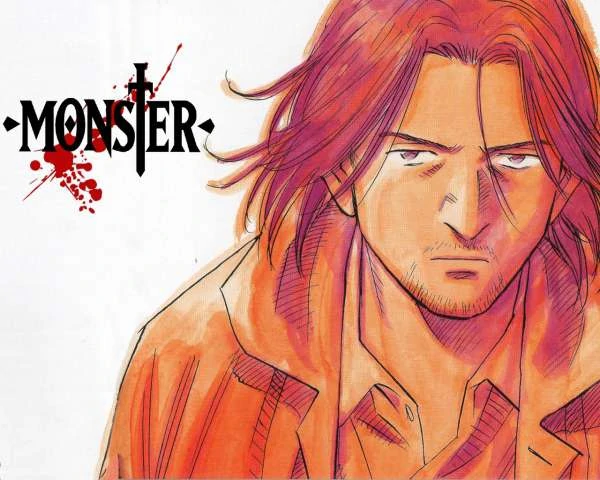
Politics, classism, and genetically engineered nightmare horrors form the themes of this classic psychological anime. Released in 2004, Monster follows the events which transpire after Dr. Kenzo Tenma, a young neurosurgeon in Dusseldorf, West Germany, chooses to save a poor worker named Johan Liebert.
Johan arrived at the hospital first instead of the city’s mayor following a bloody shooting in protest against the privileged treatment that politicians often receive. Dr. Kenzo’s decision is called into question nine years later, when he meets Johan again, this time as he holds the doctor and one of his patients at gunpoint.
That only scratches the surface of what Johan has been up to since Dr. Kenzo saved him, however. The series follows Kenzo as he unravels the dark mystery of the monster he created in saving Johan, exploring the definition of morality as a surgeon.
Monster’s thoughtful plot and beautiful soundtrack have made it a classic among fans of psychological anime. The music for Monster is of particular note, featuring an instrumental theme by the Chilean folk music group Quilapayun, who add emotion across the show’s 74 episodes. Critics praise the show’s deep themes, suspenseful atmosphere, and consistent storytelling.
Pros
- Deep, meaningful exploration of important themes surrounding morality, sociopathy, and what it means to do good
- Impressive musical score adds depth and emphasis to each of the anime’s episodes
- Well-composed plot incorporating every episode meaningfully without fluff or filler arcs
Cons
- Not necessarily a con, but Monster demands thought and attention from the audience to capture the full magic of the show
- Unremarkable animation and artwork
- Pacing can be on the slow side for those accustomed to action anime
Death Note
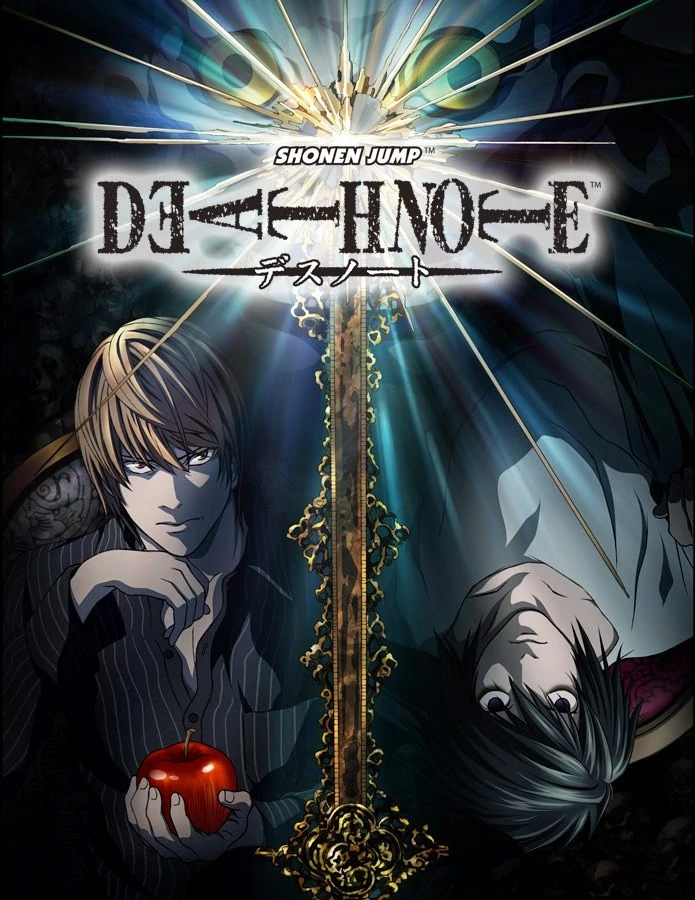
What would you do if you had the power of life and death? Now imagine that, but if you were an angsty teenage boy with a superiority complex. That is the circumstance that Madhouse Animation presents in its classic anime Death Note. Released in 2006, Death Note became an instant hit among fans for its dark premise and intensely suspenseful story-telling.
The show follows Light Yagami, an ordinary if slightly emotionally-stunted high school student who stumbles across a conspicuous notebook in the school field one day. That notebook turns out to be a Death Note, used by the Japanese gods of death to collect the souls of mortals.
With this newfound tool, Light is gradually tempted into taking the lives of others, punishing criminals who had evaded justice. Yet, Light’s actions do not go unnoticed, and he is forced into greater and greater stakes as the brilliant detective Kira hunts his trail.
Death Note’s dark and gritty story-telling offers an intensely captivating show as viewers watch Light’s descent into villainy, all the while convinced he’s the good guy. Funny, suspenseful, and on occasion downright disturbing, Death Note compels the audience to put itself in Light’s shoes and ask themselves: would they have done anything differently?
Pros
- Premise of the story enables an intense, highly suspenseful look into the relationship between morality and power
- Artwork and animation do the plot justice, adding an increasing sense of horror and gloom as the story marches forward
- Clever writing captures the development of characters in a heavily dialogue-based story
Cons
- Voice acting is dull at times, making a slow-paced show seem even longer occasionally
- Fan-service scenes may be perceived as unnecessary and offensive by some
- Might be too slowly paced for some
Mononoke
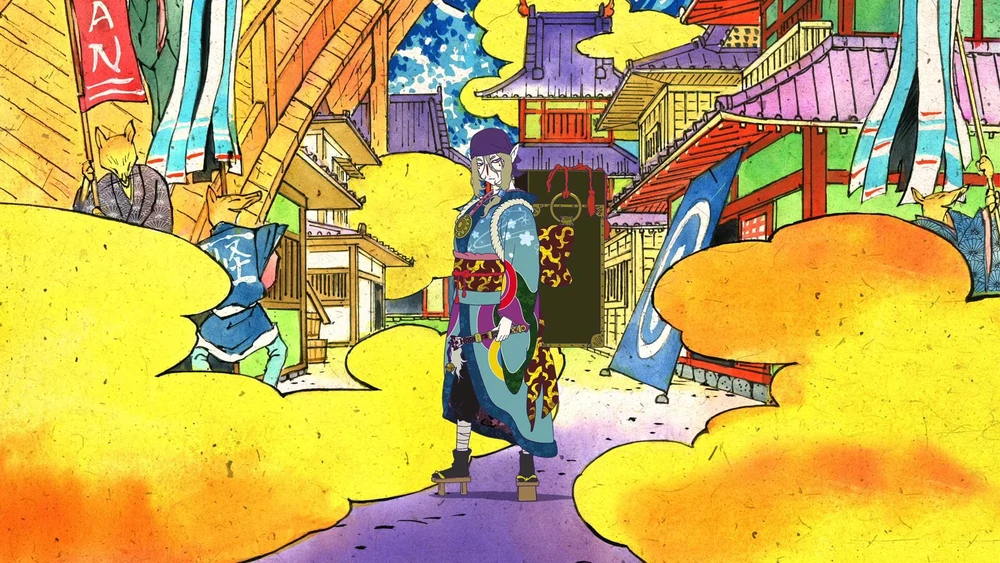
Unique in both its story and its art design, Mononoke follows the Medicine Seller as he hunts five evil spirits who are terrorizing mortals. Released in 2006 by anime studio Toei Animation, Mononoke’s story-telling is split into five arcs over the course of 12 episodes.
Despite the short length of each arc compared to other anime, the show does a fantastic job of diving into on
- Some may find the pacing of the show to be too slow for a horror thriller
- Unique story design may not suit everyone’s tastes
Perfect Blue
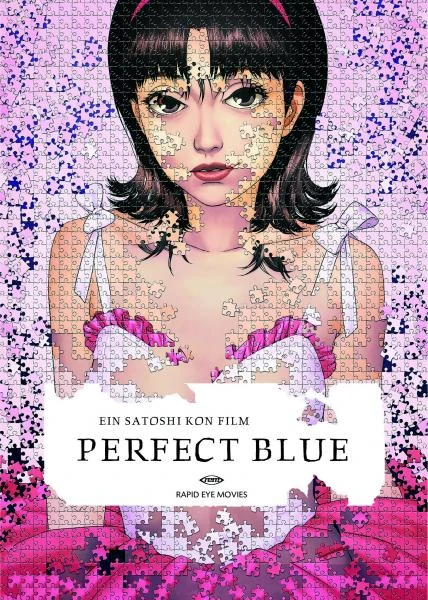
The only full-length feature film on this list, Perfect Blue, released in 1997, follows the tale of Mima Kirigoe, a J-Pop idol who leaves her group to become an actress. Unfortunately for her, she quickly attracts the attention of a fan known only as “Me-Mania,” who begins to stalk her.
A story of obsession that quickly takes a darker turn, Perfect Blue is an intensely creepy psychological thriller about toxic fan culture, psychosis, and women in entertainment. A combination of well-made animation, distinctly disturbing characters, and a fast-paced plot enable Perfect Blue to be a highly memorable experience worthy of any fan of psychological anime.
Critics applaud the movie as “profoundly disturbing,” with one critic from the magazine /Film remarking “this is a film that will leave you with the feeling of wanting to take a long, long, shower.” That’s high praise for a psychological thriller, tr
- Presence of harassment and sexual violence may be triggering for some audiences
- The amount of violence in the movie may seem gratuitous to some
- Artwork has been described as over-styled by some critics
Frequently Asked Questions
Answer: While psychological anime tend to share certain characteristics – such as a focus on emotions, relationships, mental health, and dark themes – no one definition of psychological anime exists.
Most psychological anime are categorized as such because of their intended effect on the audience in producing strong emotional responses to the story. Because of that, psychological anime tend to branch out into subgenres and can pick and choose elements of other anime genres to include.
Answer: Ultimately, the only thing that makes any anime good is how much you, as the viewer, enjoy watching it. That being said, there are some metrics that critics use to rank and review psychological anime. These include:
• The quality of the animation and artwork
• How powerful and compelling the plot is
• How good the writing and characters are
• How great an effect the show has on its audience
Meeting these criteria can make all the difference between a compelling anime and a dud.
Answer: Yes! That’s why I included it on the list for this psychological anime roundup. Death Note is one of the best psychological anime, with a focus on the psychology of both Kira and Light, the two main characters of the show. Death Note also succeeds in prompting the viewer to feel anxiety, suspense, and fear while watching the show.
Answer: Yep! While the focus of psychological anime generally isn’t romance or action like shonen or shojo anime, there are often elements of fight scenes or romance in many psychological anime. Since there are so many subgenres of psychological anime, you as the viewer get to pick and choose which types of psychological anime fit your preferences.
Answer: Definitely! While many psychological anime are horror-oriented, not all psychological anime are scary. However, psychological anime do tend to feature heavier topics and more disturbing scenes, so if you’re really just looking for something light-hearted you might find shonen or shojo anime better suits your preferences!
My Final Thoughts
With so much variety, psychological anime is one of the best genres to get started watching anime if you’re an anime newbie, or for a change in pace if you’re an anime veteran. I personally love psychological anime, since it’s one of the best genres of anime to become absorbed in and forget about the world for a little while.
Of the anime listed here, my personal favorite psychological anime is Death Note, but be sure to check out any of the psychological anime on this list that suits your fancy. I promise you won’t regret it!
